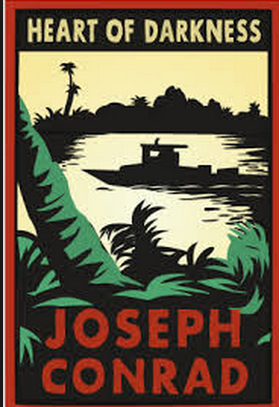
I understand that Heart of Darkness can be a very difficult text, especially if it is your first encounter with literary modernism (which is often dense, fragmented, heavily symbolic and indeed ambiguous), and also difficult simply due to the nature and representation of its subject matter. One of the most important things to keep in mind when reading Heart of Darkness, is that for Conrad, distinctions between "savage" and "civilized" are not simply a result of judgments made about external appearances. Yes, racism and sexism (and most other -isms that rely on discrimination of others) function in this way; but the root causes and various effects are far more complicated. In order to deconstruct and disrupt such binaries we need to, if you'll forgive the pun, examine the ways in which oppression is not merely "skin deep" but reaches far deeper into the bloody, messy, ugly, violently beating "heart of darkness" that makes possible such systems as imperialism and patriarchy.
One of the difficulties of Conrad's text is that in spite of its own internalized racism and subsequently problematic endorsement of the very thing it professes to critique, it nevertheless attempts to show us how “civilization” functions as nothing but a facade to protect us from facing ourselves. Although first published in 1902, at the end of the Victorian period, Conrad’s novella can be read as an early modernist text (even though the “start” of modernism is usually dated to 1914 at the start of the first world war). Similar to Conrad’s stylistic choices, literary modernism often moves beyond the usually straightforward representations of external or social reality as found in Victorian texts and instead often attempted to represent a far more internalized, unstable, fragmented, and fluid perspective or view of the world (as we’ve already examined in last week’s readings). After all, the world itself seemed to be chaotic and disruptive of previous "truths" during the devastating progress and aftermath of the Great War. Many authors at this time were trying to grapple with the way "things fall apart" when the "center does not hold" (as observed by Yeats in "The Second Coming”).
So, what are some strategies or tactics for getting at the core or heart (or, subtext) of such texts? I suggest, first, understanding how influential Sigmund Freud and psychoanalysis was for society and writers during this time period. Too often we discount the significance of Freud to 20th century literature in general, and modernism in particular, and usually because in our often ironic (and, I might add, feminist) postmodern stance we find Freud to be quite laughable in his theory of the Oedipal complex. However, to dismiss the influence of Freud’ theory of the unconscious might lead us to overlook important details within the contemporaneous literature, especially when we are examining texts under the theme of gender, desire and sexuality; after all, Freud’s theory of the castration complex was quite damaging for women in its reinforcement of masculinity (and men’s spectacular anatomy) as superior to femininity (and women’s deficient anatomy). A lot of people at this time, including many brilliant writers (many of whom we are reading) took Freud on in their work, adapting some of his theories, or, at least, feeling more liberated to explore alternative representations of reality (for instance, Woolf’s and Joyce’s stream-of-consciousness) or to explore more explicitly sexuality and sexual relations between men and women as well as same-sex partners (as seen in those texts that we read by Loy, Eliot, Forster, Woolf, and Joyce).
Understanding not only the basic theories Freud constructed but also the social, cultural, and historical contexts of his influence helps in approaching these texts. Modernist authors, who in many ways were reacting to “repressive” Victorian culture and society, were if anything genuinely inspired by Freud to explore more openly sexuality and desire. Even though today we often laugh at Freud for his seeming obsession with sex, and perhaps because in our current oversexualized culture nothing apparently is too shocking, early twentieth-century British society was in many ways shocked and titillated by Freud’s frank and open discussion of sex and sexuality, and writers felt that they too were being quite daring in talking or writing about sex. So, it’s important to keep that in mind, and also, if we approach these texts with the understanding that many of them function much like the unconscious (as Freud theorized it) then we have a lot of deep excavating to do. Freud thought of his own work as an archaeological dig, uncovering the multiple layers of the human psyche in order to get at what lay repressed or hidden. If we understand that many modernists constructed their own texts with multiple layers in order to fully explore internal realities, then we as readers are compelled to uncover the unconscious of these texts, which might be found through their densely symbolic and allusive references, as well as their sometimes glaring holes, missing pieces, inconsistencies or gaps in logic. This is similar to how dreams function, which Freud argued was one way of reading the unconscious; by reading our dreams, or nightmares, these are capable of revealing to us the things we cannot or do not want to face.
This brings us back to Heart of Darkness, which is in many ways is a nightmare that we are compelled to experience along with Marlow (if we agree to take that journey with him), and a nightmare that we struggle to interpret or understand because it presents us with realities we would rather not confront. The unconscious of the text reveals the savagery of imperialism and patriarchy, which is if a form of cannibalism, as these systems are driven by the desire and hunger to “eat the Other” because the “Other” is the very thing that those in power don’t want to see or recognize; thus, the overwhelming systemic dehumanization of “natives” and women. Also, by making connections between patriarchy and imperialism, the text exposes how these systems are founded on a paternalism that silences or suppresses the “Other’s” reality. I think perhaps the text unintentionally exposes this, since even if Marlow/Conrad is aware of the ugly side of colonialism, the unnamed, silent, or silenced women are set up as those “bodily markers” that further expose the underlying “heart of darkness” in the text: a violent repression and/or fear of difference. Just as Africa was referred to as the “dark continent,” so were women’s bodies and desires situated in one of Freud’s lectures on female sexuality and psychological development. Although Conrad indeed redefines savagery to show how the white man or white imperialist is no more civilized than his “dark others,” he, or rather Marlow, nevertheless upholds the paternalism of male privilege in his interactions with and descriptions of the women in the text. Just as he tries to romanticize the “noble savage” at several instances in his recollection (for example, his exoticization of Kurtz’ Mistress, the text itself never considering that she may have been most likely raped or an unwilling “bedmate” for Kurtz), he also insists upon keeping women trapped in their role as “moral gatekeepers.” By insisting on their naiveté and ignorance, men are able to keep them ignorant, powerless, and as “blank slates” of purity that allow men to return to the safety of “home” (or the private sphere) and forget or bury in their unconscious their own savagery (there’s also a relevant connection here to Jekyll and Hyde).
This is not to say that Kurtz’ Intended and Marlow’s Aunt are any less complicit in the imperialist project; they also seem to support the patriarchal, capitalist, imperialist missionary endeavor in Africa, since they too are products and recipients of white privilege. However, for myself at least, I find the female characters to be the “unconscious” of the text, and thus the key or code that makes possible a deeper understanding of its complexities. My own reading is of course also informed by the French philosopher and psychoanalyst, Julia Kristeva, who in much of her work examines the ways in which women function as patriarchy’s unconscious, and so it is upon us as readers to do the difficult excavating work that gives voice to the repressed realities and desires of society’s and history’s “others.” One day, if I don’t get to write it myself, I would like to read a novella that presents Marlow’s story through the perspectives of its female characters; it would be interesting to discover what that narrative might reveal or say.
So, what are some strategies or tactics for getting at the core or heart (or, subtext) of such texts? I suggest, first, understanding how influential Sigmund Freud and psychoanalysis was for society and writers during this time period. Too often we discount the significance of Freud to 20th century literature in general, and modernism in particular, and usually because in our often ironic (and, I might add, feminist) postmodern stance we find Freud to be quite laughable in his theory of the Oedipal complex. However, to dismiss the influence of Freud’ theory of the unconscious might lead us to overlook important details within the contemporaneous literature, especially when we are examining texts under the theme of gender, desire and sexuality; after all, Freud’s theory of the castration complex was quite damaging for women in its reinforcement of masculinity (and men’s spectacular anatomy) as superior to femininity (and women’s deficient anatomy). A lot of people at this time, including many brilliant writers (many of whom we are reading) took Freud on in their work, adapting some of his theories, or, at least, feeling more liberated to explore alternative representations of reality (for instance, Woolf’s and Joyce’s stream-of-consciousness) or to explore more explicitly sexuality and sexual relations between men and women as well as same-sex partners (as seen in those texts that we read by Loy, Eliot, Forster, Woolf, and Joyce).
Understanding not only the basic theories Freud constructed but also the social, cultural, and historical contexts of his influence helps in approaching these texts. Modernist authors, who in many ways were reacting to “repressive” Victorian culture and society, were if anything genuinely inspired by Freud to explore more openly sexuality and desire. Even though today we often laugh at Freud for his seeming obsession with sex, and perhaps because in our current oversexualized culture nothing apparently is too shocking, early twentieth-century British society was in many ways shocked and titillated by Freud’s frank and open discussion of sex and sexuality, and writers felt that they too were being quite daring in talking or writing about sex. So, it’s important to keep that in mind, and also, if we approach these texts with the understanding that many of them function much like the unconscious (as Freud theorized it) then we have a lot of deep excavating to do. Freud thought of his own work as an archaeological dig, uncovering the multiple layers of the human psyche in order to get at what lay repressed or hidden. If we understand that many modernists constructed their own texts with multiple layers in order to fully explore internal realities, then we as readers are compelled to uncover the unconscious of these texts, which might be found through their densely symbolic and allusive references, as well as their sometimes glaring holes, missing pieces, inconsistencies or gaps in logic. This is similar to how dreams function, which Freud argued was one way of reading the unconscious; by reading our dreams, or nightmares, these are capable of revealing to us the things we cannot or do not want to face.
This brings us back to Heart of Darkness, which is in many ways is a nightmare that we are compelled to experience along with Marlow (if we agree to take that journey with him), and a nightmare that we struggle to interpret or understand because it presents us with realities we would rather not confront. The unconscious of the text reveals the savagery of imperialism and patriarchy, which is if a form of cannibalism, as these systems are driven by the desire and hunger to “eat the Other” because the “Other” is the very thing that those in power don’t want to see or recognize; thus, the overwhelming systemic dehumanization of “natives” and women. Also, by making connections between patriarchy and imperialism, the text exposes how these systems are founded on a paternalism that silences or suppresses the “Other’s” reality. I think perhaps the text unintentionally exposes this, since even if Marlow/Conrad is aware of the ugly side of colonialism, the unnamed, silent, or silenced women are set up as those “bodily markers” that further expose the underlying “heart of darkness” in the text: a violent repression and/or fear of difference. Just as Africa was referred to as the “dark continent,” so were women’s bodies and desires situated in one of Freud’s lectures on female sexuality and psychological development. Although Conrad indeed redefines savagery to show how the white man or white imperialist is no more civilized than his “dark others,” he, or rather Marlow, nevertheless upholds the paternalism of male privilege in his interactions with and descriptions of the women in the text. Just as he tries to romanticize the “noble savage” at several instances in his recollection (for example, his exoticization of Kurtz’ Mistress, the text itself never considering that she may have been most likely raped or an unwilling “bedmate” for Kurtz), he also insists upon keeping women trapped in their role as “moral gatekeepers.” By insisting on their naiveté and ignorance, men are able to keep them ignorant, powerless, and as “blank slates” of purity that allow men to return to the safety of “home” (or the private sphere) and forget or bury in their unconscious their own savagery (there’s also a relevant connection here to Jekyll and Hyde).
This is not to say that Kurtz’ Intended and Marlow’s Aunt are any less complicit in the imperialist project; they also seem to support the patriarchal, capitalist, imperialist missionary endeavor in Africa, since they too are products and recipients of white privilege. However, for myself at least, I find the female characters to be the “unconscious” of the text, and thus the key or code that makes possible a deeper understanding of its complexities. My own reading is of course also informed by the French philosopher and psychoanalyst, Julia Kristeva, who in much of her work examines the ways in which women function as patriarchy’s unconscious, and so it is upon us as readers to do the difficult excavating work that gives voice to the repressed realities and desires of society’s and history’s “others.” One day, if I don’t get to write it myself, I would like to read a novella that presents Marlow’s story through the perspectives of its female characters; it would be interesting to discover what that narrative might reveal or say.
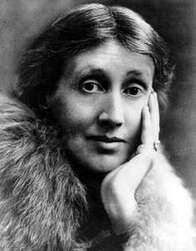
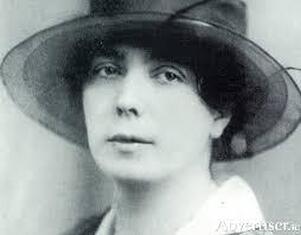
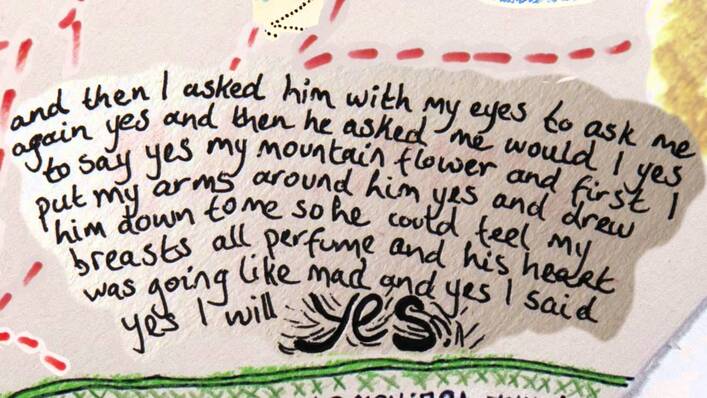
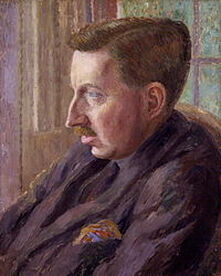
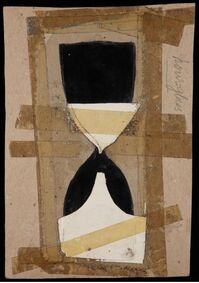

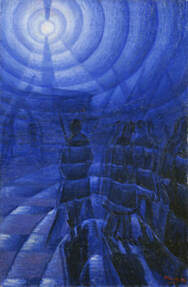
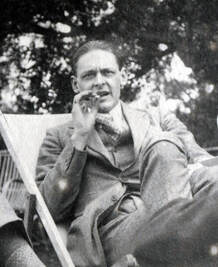
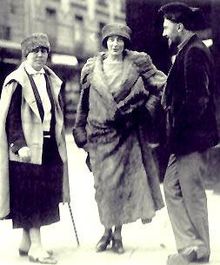
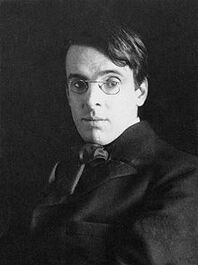
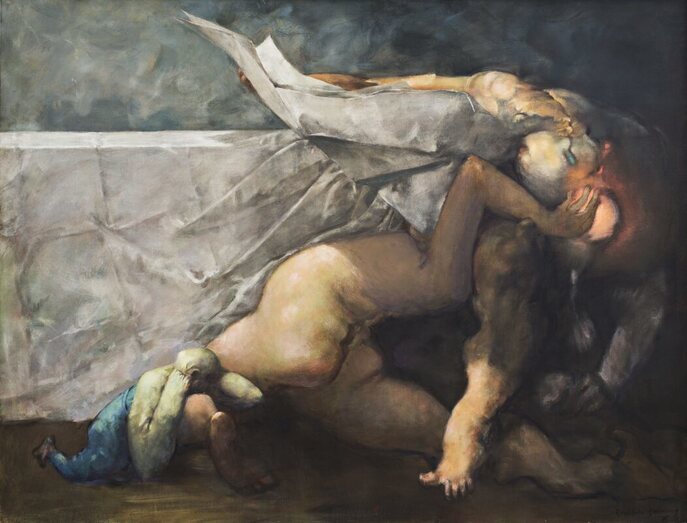
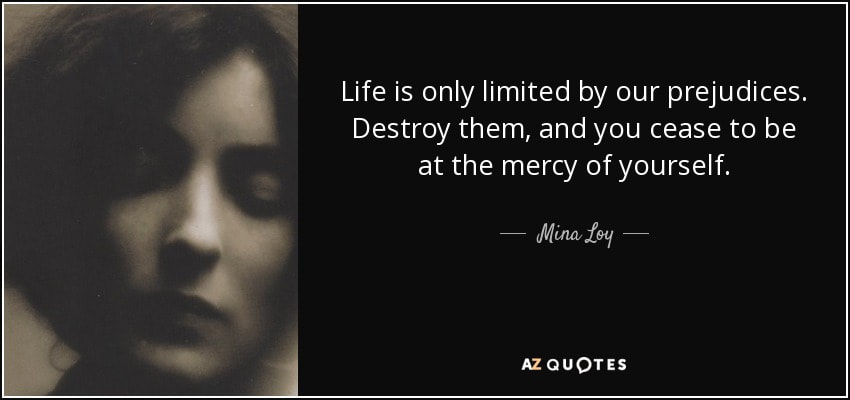
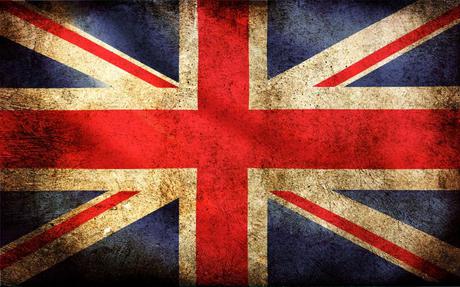
 RSS Feed
RSS Feed
